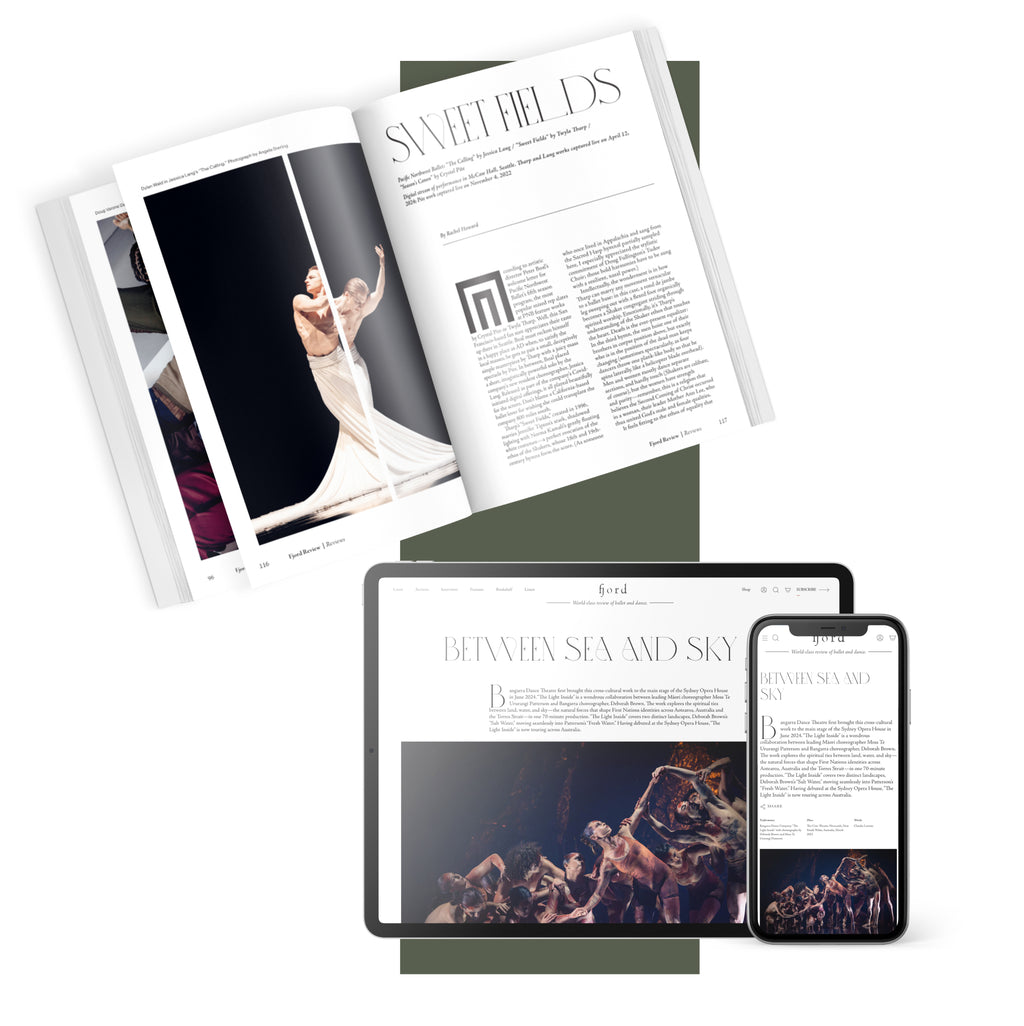Talent Time
It’s “Nutcracker” season at San Francisco Ballet—36 performances packed into three weeks—which means that the company is currently serving two distinct audiences.
Continue Reading
World-class review of ballet and dance.
Sacramento Ballet executive and artistic director Anthony Krutzkamp dresses sharp and gives a memorable pre-curtain speech. The way he tells it, the Central California company was in rehearsals for “Swan Lake” last year when he realized he faced an enviable problem: the dancers were too good for the ballets he’d programmed under a five-year plan. So Krutzkamp scrapped that plan and got on the phone, securing a commission from the internationally rising South African choreographer Andrea Schermoly. He then asked San Francisco-based Val Caniparoli for the rights to his widely performed “Ibsen’s House,” and decided to round the program out with Balanchine’s “Apollo.” That last ballet, from 1928, was arguably the only really innovative work on a mixed-rep bill titled “Innovations”—but I’m not complaining. The best thing about this slate was that it proved Krutzkamp right about the dancers. They look like they can take on anything.
Performance
Place
Words



“Uncommonly intelligent, substantial coverage.”
Your weekly source for world-class dance reviews, interviews, articles, and more.
Already a paid subscriber? Login

It’s “Nutcracker” season at San Francisco Ballet—36 performances packed into three weeks—which means that the company is currently serving two distinct audiences.
Continue ReadingLast week I caught up with choreographer Pam Tanowitz and Opera Philadelphia’s current general director and president, countertenor Anthony Roth Costanzo to talk about “The Seasons,” the company’s latest production premiering at the Kimmel Center’s 600-plus seat Perelman Theater on December 19.
Continue ReadingIf Notre-Dame remains one of the enduring symbols of Paris, standing at the city’s heart in all its beauty, much of the credit belongs to Victor Hugo.
Continue ReadingWhen dancer and choreographer Marla Phelan was a kid, she wanted to be an astronaut. “I always loved science and astronomy,” Phelan said.
Continue Reading
That’s the beauty of Balanchine, isn’t it? The works can withstand almost any casting with their essences intact, but every dancer who passes through them alters the tenor of each piece too. As do the stagers. Wish I could’ve seen this group, but thank you Rachel for the lovely reporting!